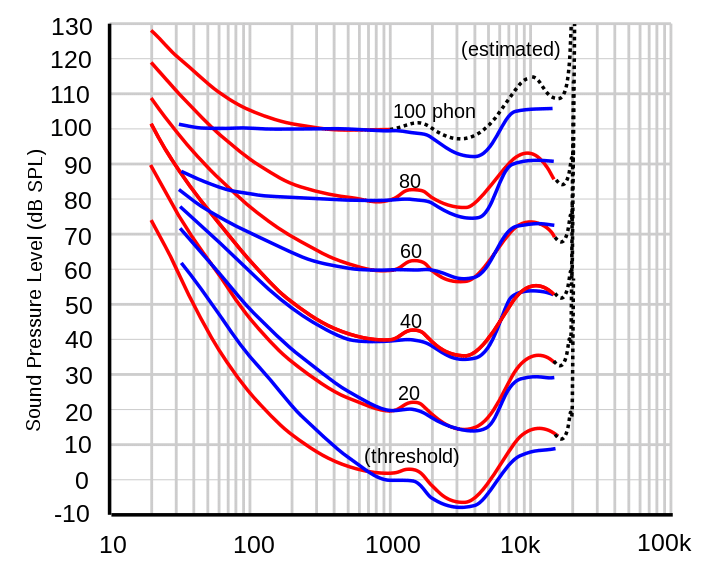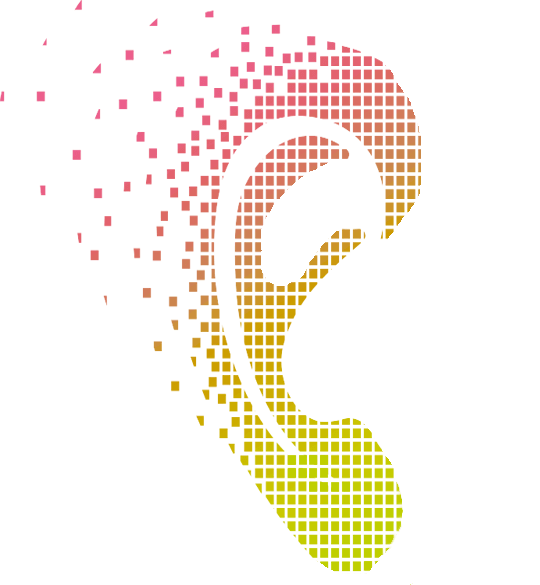Decibel Sound Level Reference Files
What is the difference between decibel (dB) scales used in science and medicine? Scientifically, decibel is measured in sound pressure levels or dB SPL. 0 dB SPL is when there is absolute complete absence of sound, obviously. However, 0 dB on a hearing test is not the same as 0 dB SPL. Why? Because the human threshold to actually hear a sound is different depending on the frequency. So for example, at 1000 Hz, most normal human beings can not hear this frequency until it reaches 7.5 dB SPL. So, at least for 1000 Hz, 7.5 dB SPL is set to 0 dB HL (hearing level)on hearing tests. This "adjustment" has been done to all tested frequencies so we have a nice straight line at 0 dB HL rather than a curvy one.
This also means that a given dB change which reflects different sound pressure levels in a strictly mathematical fashion does not necessarily equal the perceived loudness heard by a person. Check out the following set of reference tones that vary based on different sound pressure levels and not hearing levels. 3 dB intervals was specifically chosen given it represents a doubling or halving of sound energy. A 10 dB change represents sound energy that is increased/decreased by a factor of 10.
| dB | 250hz | 500hz | 1khz | 2khz | 3khz | 4khz | 6khz | 8khz |
|---|
The normalization of tones used for hearing tests is set by ISO 226:2003 standard converting dB SPL to 0 dB HL.
| Hz | dB SPL | dB HL |
| 250 | 12 | 0 |
| 500 | 5 | 0 |
| 1000 | 2 | 0 |
| 2000 | -2 | 0 |
| 4000 | -5 | 0 |
| 8000 | 13 | 0 |
And here is a graph depicting the loudness contour for different dB HL (red is the current standard whereas the blue was the previous standard).

